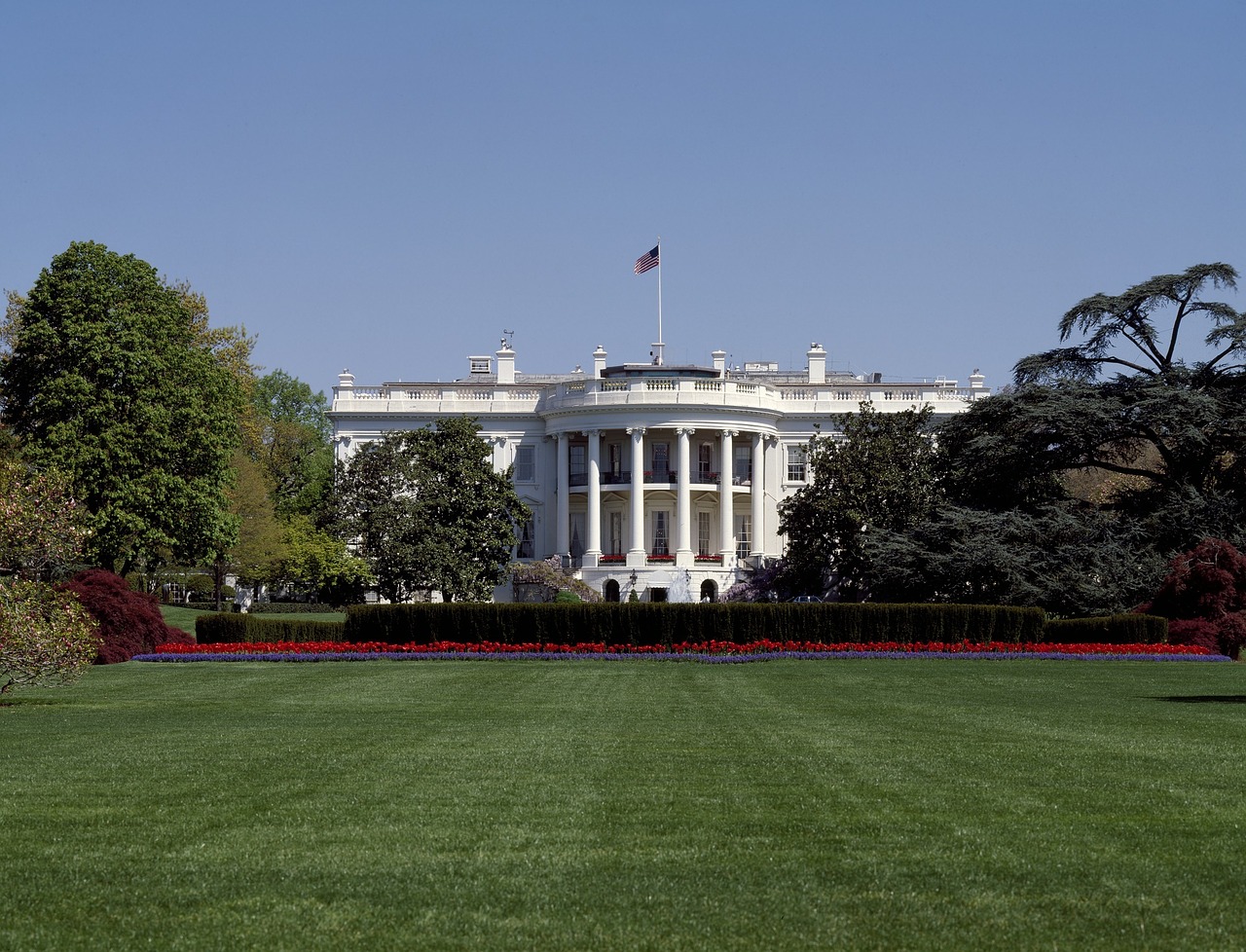The Lead Human series focuses on what it feels like to lead — the doubts, burdens, stressors and joys that come with the responsibility and privilege of leadership.
However, in this installment, I want to change the focus back to those whom we lead, to deviate from the usual interview format to offer a bit of an opinion piece.
There are raw and visceral emotions such as fear and anger, joy and hope, uncertainty and groundlessness, that are likely flooding your organizations after last week’s election. The rug has been ripped out from under your employees’ feet, regardless of which side of the room they were standing.
The result is tension. In some organizations, that tension will be palpable, in others, it will manifest as an underlying current of unease. In any of its manifestations, as leaders you cannot allow it to fester, and sweeping it under the rug is not an effective treatment. You need to lean in.
What makes this election unique is the extreme polarization of those emotions coupled with uncertainty. The risk to an organization is that polarization creates the fertile soil in which an “us” and “them” mentality can take root. It puts into jeopardy organizational culture, collaboration, even well-being. It is a leader’s responsibility not to let that happen.
In my opinion, most workplaces are not where political discourse should take place. So, as a leader, I would not suggest you attempt to lead your own “truth and reconciliation” process. That should be taking place within our communities, in our houses of worship and in our living rooms.
What I would suggest is that, as leaders, we model and therefore encourage two things: empathy and sameness. I will explain what I mean by both.
Empathy
Call out the elephant in the room. Let the organization know that you recognize there is likely an underlying tension that exists as a result of this election and that it’s OK. Help people to understand that while one person may be jubilant, the person standing right beside them may be in utter despair.
Encourage people, through your own actions and words, to try to see all that has transpired from behind the other’s eyes. Remind them that their job is not to make people see it their way, but rather, to simply accept that others may see and feel things differently.
By “outing” this tension, you’re taking the lid off the pressure cooker. It will still exist, but you’re creating an environment where acceptance and understanding can grow, versus one that supports an “us” and “them” division.
Sameness
The workplace can actually be a wonderful container in which to hold external uncertainty. Other than a faith community, there is little place else that a person can go to feel a part of something. As a leader, you need to build on this sense of sameness.
An offshoot of the empathy work is the sameness of tension and uncertainty. Use that to your advantage. Let your organization know that regardless of differences, we all stand together in our dealing with uncertainty and the unknown.
The real opportunity lies in the ability to bridge the divide by rallying people around a common purpose and vision. Most organizations have their long-range purpose and vision, but this is really a chance to take your “moonshot.” It could be the launch of a new product by a certain date, or the opening of a new location. Maybe it’s the acquisition of a new customer or the achievement of a specific revenue target. As a leader, take that “moonshot,” find that unifier.
I believe that, right now, people need to feel a sense of belonging. Divisiveness coupled with deep uncertainty has left them groundless. As a leader, by modeling empathy and focusing on the sameness that exists, you can help your people heal. In doing so, you will also be taking your organization forward at a rate that might be faster than was possible before this national disruption. It is time to lean in.
Like the Lead Human interviews? Leave us your email and we’ll send you audio excerpts, pictures, and all kinds of cool stuff. Get your bonus materials here.
Elliot Begoun is the principal of The Intertwine Group. His articles appear in publications such as the Huffington Post, SmartBrief, and Business2Community. He serves as a thinking partner, collaboratively working with organizations, leaders, and their teams to deliver clear and impactful communication. Communication that allows smarter decisions to be made faster, improves focus and accountability, builds real customer loyalty, and most importantly, helps clients grow.
If you enjoyed this article, join SmartBrief’s e-mail list for our daily newsletter on being a better, smarter leader.
